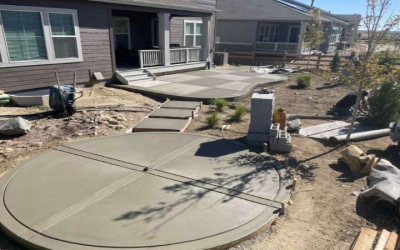Plastics are everywhere. From the kitchen to the bathroom to the garage, every part of life is made more accessible by plastic. The world of plastics design and production has become more innovative over the years, streamlining assemblies that used to take a lot of time, money, and energy into more efficient methods. The process of combining different materials into one product is called multi-material molding, and there are multiple techniques for accomplishing this.
Plastics.com describes many thermoplastic processing methods, including injection molding, which involves melting plastic pellets and injecting the liquid plastic into a mold at high pressure.
Overmolding is a type of injection molding that takes this one step further, allowing plastics to be molded on, around, and in other materials. It works by taking an existing component and adding plastic to it, layer by melted layer. Vision Plastics states that they can mold many types of materials, including engineering resins, elastomers, and filled materials, and can mold up to 950 tons of material. Many household items, from toothbrushes to power tool handles, are made in this way.
Benefits of Using this Process, According to PlasticsToday:
- Enhanced Aesthetics – The ability to seamlessly combine multiple colors and textures into one product helps make good, appealing design more possible.
- Greater Functionality – Adding a soft, flexible, plastic grip to a metal object is a standard way to design ergonomically.
- Durability – Small pieces such as screws are no longer necessary, with threads of metal and plastic integrated into one object. As long as the materials are chosen compatible, they can hold together longer than those held together with glue or screws.
- Ease of Production – With one material being added to another in one process, it eliminates the need for an assembly line, streamlining production.
The increased efficiency of manufacturing has led some plastics companies being able to invest time and resources in building a better product.



